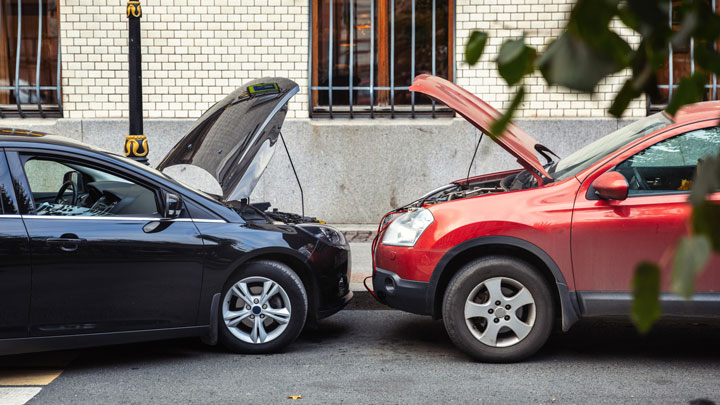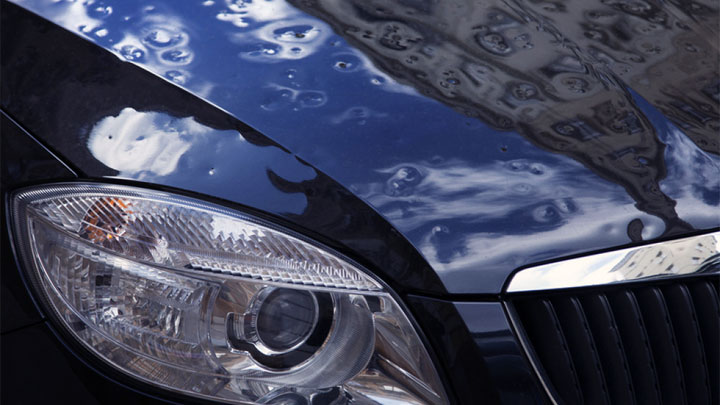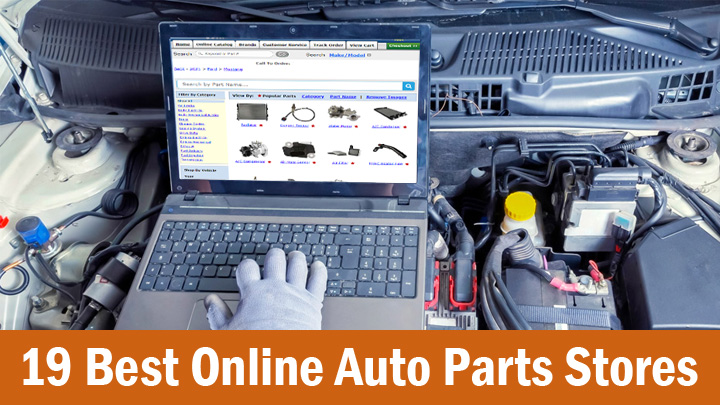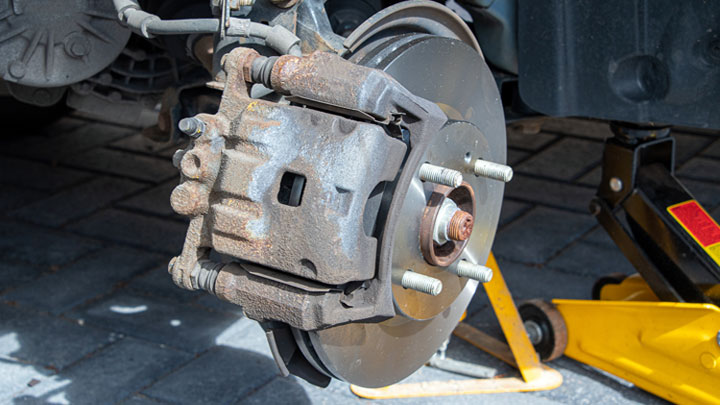Last Updated on September 1, 2021
A jump start involves taking the power from a separate car’s battery and transferring it to another car with a bad battery. That way, the car will be able to power on the motor and then crank over the engine.
If you have been driving for at least a few years, then you have likely had the experience of needing a jump start for your car battery. If not, then perhaps you have come across another person who needed a jump start and they requested for you to give them one.
Jump starts are needed when a person’s car battery dies or simply does not have enough power to start the motor. The person with the bad car battery would find someone else to give them a jump start. From there, jumper cables would be used to connect the good battery to the bad battery.
The person with the bad battery would turn the key in the ignition and then the car would start up, thanks to the transfer of power through the jumper cables.
Of course, this is only a temporary way for a person to get their car started. If they don’t get their car battery replaced or recharged, they are not going to be able to start their car again after the next time they turn it off. However, there are other reasons for a car battery to end up dead besides a bad battery.
Tips for Jumping a Car Battery
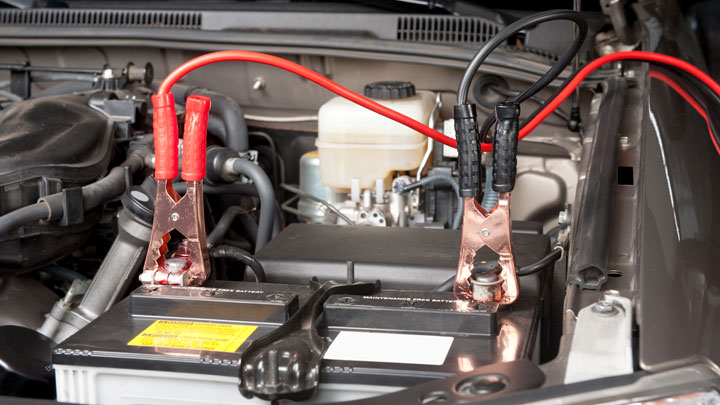
Jump-starting a car battery might sound simple but there tends to be some confusion about it from inexperienced people. To clear up the confusion, below are top 5 tips to successfully jump start a car battery.
#1 – Short Jumper Cables
Short jumper cables are better to use than long jumper cables. People think that longer cables are better because it gives you more room around the non-functioning car. However, the energy between the batteries tends to diminish if you use a longer cable.
It is better to use a thicker jumper cable that is only around 10 feet in length. The longer cables tend to go up to 20 feet. You should stay away from them.
#2 – Focus on Positive and Negative
It is important that the positive and negative clamps on each end of the jumper cable are connected to the appropriate positive and negative terminals of the car batteries. The red colored clamp on each end of the cable represents the positive clamp. This will connect to the positive terminal of the battery.
The black colored clamp is the negative clamp and that connects to the negative terminal. Always be sure to check for these connections or else you could damage the battery and possibly the car if you mix them up.
#3 – Keep the Car Off
If the car with the good battery is currently running, it needs to be turned off first. You need to connect the jumper cables to the terminals of both batteries while both cars are off.
Once you have done this, you will first start the car with the good battery and let it run for a couple of minutes. This will give the battery enough time to charge. Now you will attempt to start the car with the bad battery. It should turn over now and start up.
See Also: Causes of a Car Battery Light On
#4 – Clean the Terminals

If your battery still does not function, it may be due to corrosion on the terminals. Check your battery’s terminals and see if there are any grime and debris on there. If there is, clean it off thoroughly until there is nothing left. Sometimes this will help make the jump start a success too.
In addition, make sure the terminals are tightly connected to the battery posts. If the connection is loose, power transfer is interrupted.
#5 – Set to Park or Neutral
Automatic transmission vehicles should be set to park before the jump start process. A manual transmission vehicle should be set to neutral. The parking brake should always be used as well.

